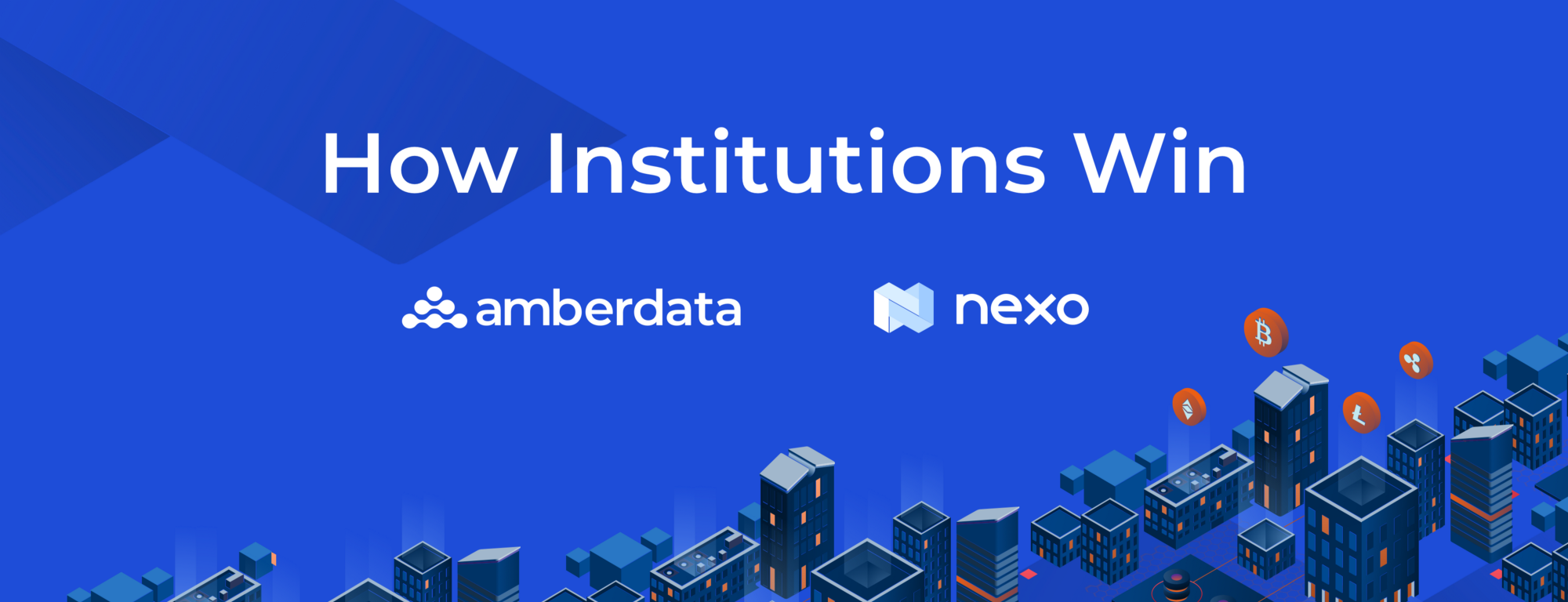
TLDR; High Frequency data streams deliver the highest breadth available so institutions make key decisions on asset allocation. Security is ensured by protocol finality and delta-based delivery.
Welcome to the Next Wave of Financial Innovation
We get asked all the time, how will digital assets provide efficiencies or operational transparency at all levels? Even more important, how can entities like institutions position holdings and collateral to take action as the market shifts? Before the market makes a shift?
These questions reveal how the digital asset primitive causes collateral to attach new interfaces of interoperability. This innovation is the real key. Money innovation is capped by its transfer-ability, bureaucracy, liquidity and volatility. Digital assets lift this cap by adapting to both technology advancements and shifts in collateralization types.
Let me give a quick analogy —
National currency requires entities governed by few individuals, and entities to aid its customers/citizens use its currency. Currency is governed by few and utilized by many. Currency is collateralized by policy and bureaucracy.
Henry Ford built the automobile assembly line.
The shift from small shops and companies building automobiles to an efficient path of assembly brought prices within affordability range for a much wider market. It brought scale to a young market.
Comparing national currencies to digital assets —
National currencies have some efficiencies, but generally the collateral and liquidity attributes are held within “small shops and companies”, where change or innovation can only happen via policy.
Digital currencies are the “Ford Assembly Line” of currency
Digital currencies/assets enable assembly line style innovation, many of the digital assets add attributes that allow efficiencies in transfer, liquidity, collateralization methods and avenues, even things like volatility become a variable that can be controlled by the community utilizing the asset. It’s been coined “Digital Assets are Money Legos”, certainly holds true for both developers and entities alike.
How Institutions Win
Institutional custody is only feasible with extreme care and scrutiny of data. Security provides the safe interaction between digital assets and the network. For institutional adoption of digital assets, they require custody at some point along the pipeline, whether that’s escrow, options or just transfers. Supporting custody requires solid data analysis and metrics to allow regulators and institutions direct access to the market inflows and outflows. Without this knowledge, data can only be obtained from a trusted analyst.
Data Streams: How much breadth is available?
Order books and market trades need data breadth and depth to give a macro to micro insight. Key decisions require information like trade to establish the active market movement, where order books show the bigger picture of how the price is established or moving. Amberdata brings full transparency to the depth available from on-chain order books as well as full trade history and order book snapshots from centralized exchanges. This allows institutions to run backtesting strategies to test market assumptions and execute competitive trade. Nexo provides institutional investors with yield opportunities across multiple assets. Yield is determined by market data sets across all exchanges and utilizing key metrics that highlight ROI. With the breadth of data available, Nexo research is able to bring comprehensive analysis and insights that are unmatched by top-tier platforms.

Is High Frequency Data Necessary?
Unlike traditional markets, digital assets trade at the frequency of the underlying blockchain. Over the past decade, we’ve seen the frequency of trades go from 15 minutes to 30 seconds and now down to sub-second speeds. Up until last year, high frequency data streams were not as important, but as blockchains and layer 2 technologies emerge, a lot of the key adoption factors hinge on the speed and low latency the protocol can provide. This is especially important for decentralized exchanges and oracles.

Market makers require the lowest latency, high frequency data available to act in parallel to the market. The image above shows the difference between a deep orderbook changing sub-second, which can easily get missed with other aggregation methods.
Security in Redundancy
Blockchain based market data has a level of finality that can change. Each protocol has consensus rules that enforce how locked a set of data will become. For example, chains that operate a low frequency like Bitcoin or Ethereum, waiting for 3 or 6 blocks guarantees a very certain level of security that the transaction will not get thrown out due to a chain fork. For faster chains like Cosmos, Polkadot or Near, chain finality has a longer length, and gets much more complex when things like sharding come into play.

Data with deltas brings a level of transparency and redundancy to help actions ensure they exist long term and are not reverted. Our process allows for transmission of mempool (pending transactions), latest block and finalized block delta updates. With this methodology, we are able to ensure all customers receive the most secure and transparent transactional information.
Explore More
Nexo
Nexo is the world’s leading regulated digital assets institution.
Amberdata
Amberdata is the leading data infrastructure company for institutional blockchain and digital asset data.